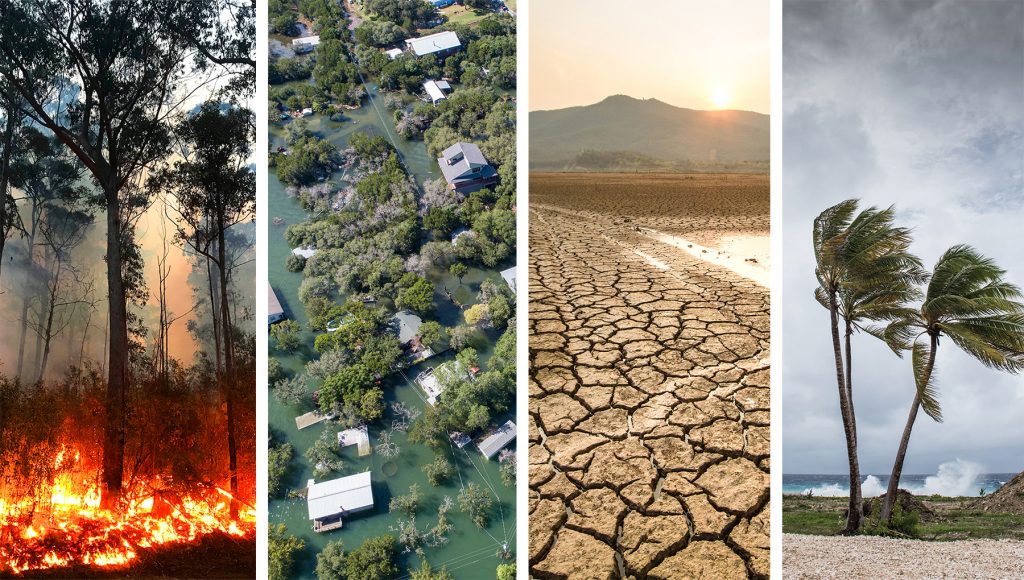
Climate change: what changes await Europe?
How will the climate change in different parts of Europe in half a century?
This question is becoming increasingly pressing as human activity accelerates warming at a rate not seen in the last two thousand years. This is the main conclusion of the sixth report of the Intergovernmental Panel on Climate Change, better known as the IPCC. The report analyzes in detail the trends and impacts of climate change in Europe. It notes that every decade since 1850 has been warmer than the previous one.
There is compelling evidence that human activity played a key role in this process. Residents of Europe have already felt these changes, especially during periods of abnormal heat. The IPCC confirms that the frequency and intensity of extreme heat waves and droughts are increasing not only regionally but also globally.
Projections of the future climate in Europe are attracting particular attention and interest, and this is not surprising. Climate change will have a significant impact on regional climate conditions and the environment in which millions of people live on the continent. With rising temperatures, more frequent and intense extreme events and changes in rainfall, the future climate becomes a key factor influencing many aspects of life in Europe.
Projections show that regions that previously experienced stable climate conditions may experience hotter summers, increased frequency of droughts and fires, and other climate challenges. However, some regions can expect increased rainfall and more severe flooding.
Climate change also affects agriculture, water consumption, energy and other sectors of the economy. This creates a need to adapt to new conditions and develop sustainable strategies to address the challenges posed by climate change.
Understanding future climate trends and their impact on regional conditions in Europe is therefore integral to combating climate change and ensuring the region’s future resilience.
How climate change affects all regions of the Earth: a new reality

Let us turn to the IPCC cartographic representation of the Köppen climate classification for Europe to assess what changes are observed in the climatic zones of the continent. Data for the period from 1995 to 2014 show the following picture:
- Northern Europe is characterized by a subarctic and oceanic climate.
- Eastern Europe is characterized by a continental climate.
- Western and Central Europe combine continental, oceanic, and in some cases humid subtropical climates.
- Southern Europe maintains a Mediterranean climate with a few isolated areas of a warm semi-arid climate, while the north of the continent has a humid subtropical climate.
However, projections for the coming decades show dramatic changes in climate classification starting in 2076:
The subarctic climate in Northern Europe will almost completely disappear.
The continental climate in the regions of the continent will become less severe.
The oceanic climate will be replaced by a humid subtropical one.
Of particular concern is the forecast for the expansion of desert areas and semi-arid climates in southern Europe, which will affect millions of people.
This process is already being felt in a number of regions, for example, in Spanish Catalonia, which is facing the worst drought in centuries. The need to impose water restrictions in more than 200 municipalities poses significant challenges for local authorities. Joaquim Fargel Perez, a geography professor at the University of Barcelona, says the scale of the current drought is surprising. Measures to limit water supplies may help, but the difficulty is that no one expected 30 months without rain. Agriculture, one of the largest consumers of water in the summer, will also have to adapt to resource shortages. Experts fear that the water supply situation could worsen in 2024, so it is important to take action to combat the effects of climate change.